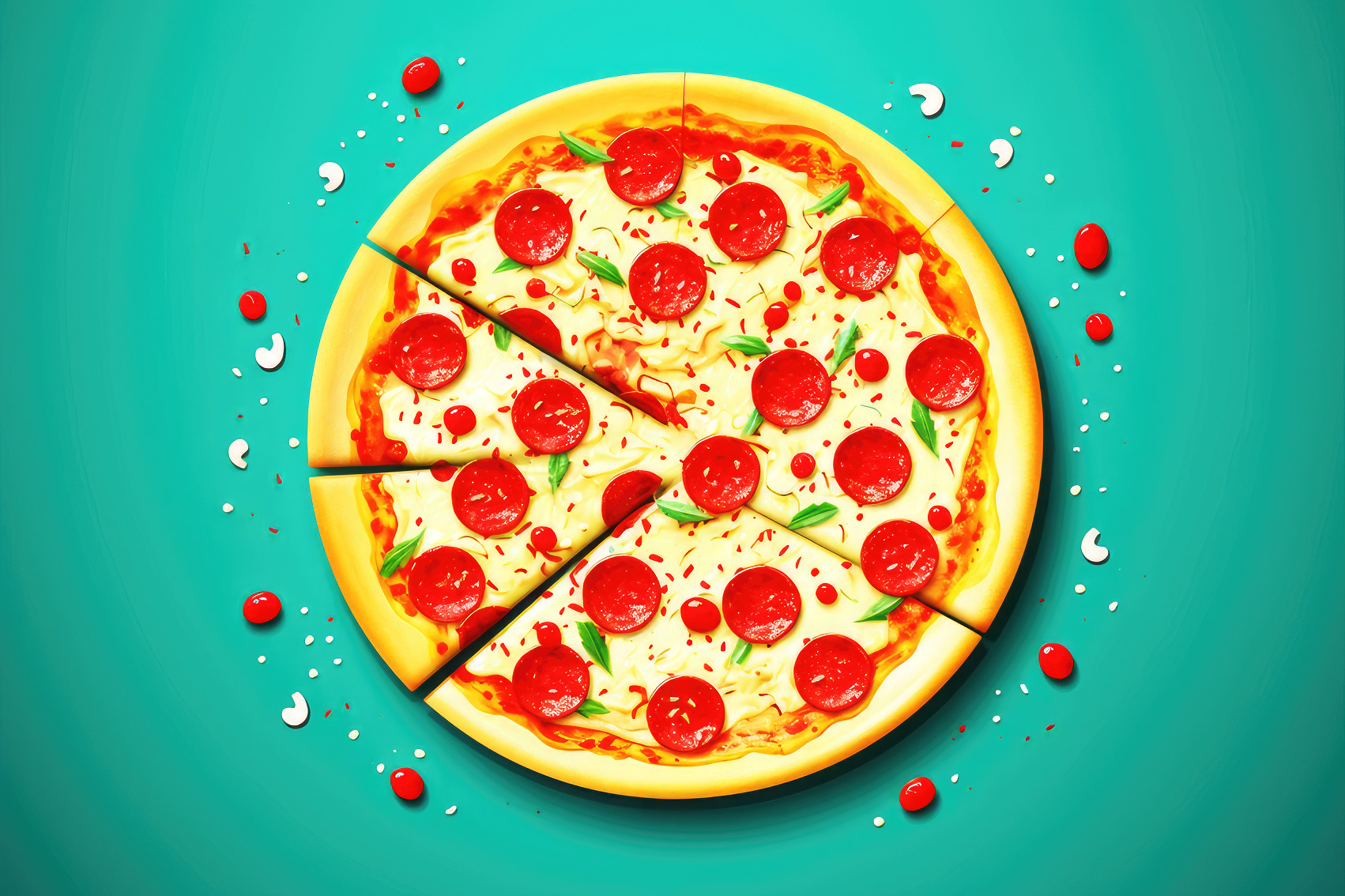This article examines how the price and abundance of pizza have changed over time in the United States, using Little Caesars pizza as an example. It shows that despite a recent price increase, pizza has become 80 percent more abundant since 1997, meaning that people can buy more pizza for their time.
The pizza chain Little Caesars is raising the price of its famous $5 Hot-N-Ready pizza for the first time in a quarter-century. The staple diet of college students everywhere was first introduced in 1997. This fine chart provided by Professor Jeremy Horpedahl shows the number of pizzas the median U.S. worker could buy if they spent all their weekly earnings on pizza.

That’s a nice illustration of time prices. The nominal price stayed the same, but the time price fell by 50 percent because nominal wages doubled. You now get two pizzas for the time it took to earn the money to get one in 1997. Pizzas became 100 percent more abundant.
The New York Post reports that the price of the promotional pie, which was first advertised with shaker boards, is increasing by 11 percent to $5.55. Little Caesars CEO Dave Scrivano said the price hike is meant to balance rising labor and commodities costs, as the price of pepperoni has soared by more than 50 percent over the course of the pandemic.
After considering the recent price increase, these pizzas are still 44 percent less expensive today than they were in 1997. That means that you get 80 percent more pizza for your time today than 25 years ago. Pizza abundance is thus growing at 2.37 percent a year.
COVID may have claimed another victim, one that will be sadly missed in dorm rooms across the world, unless students can find 55 extra cents in their sofa cushions.

